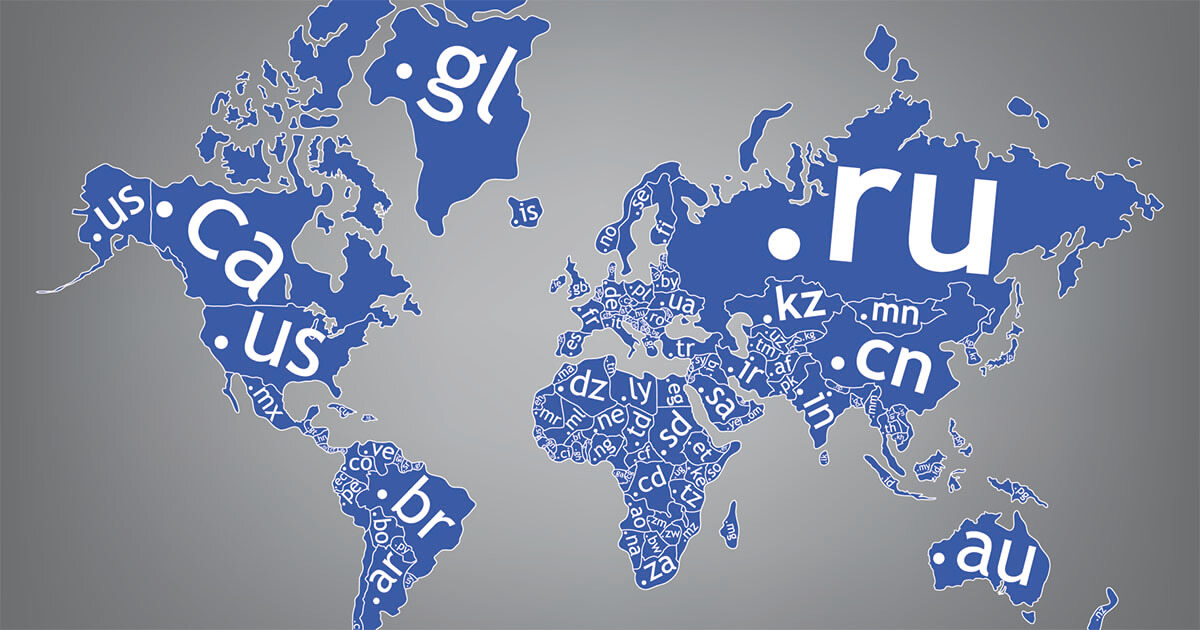Finding alternatives to a .com domain
The top-level domain .com is the most popular in the world. As of January 2016, there were over 100 million internet addresses registered with this coveted domain ending. But its popularity means that snapping up a .com web address is now a highly competitive business; attempting to register a domain only to find it’s already occupied is an increasingly common problem. However, you can still secure the desired name for your web presence by choosing from the considerable selection of alternative domain extensions.
The website builder from IONOS
MyWebsite is the turnkey solution for your professional web presence, including a personal consultant!
.com domains and their popularity
The ending of a web address is also known as a top-level domain, or TLD. Because .com is the most widely used TLD in the world, free .com domains are now in relatively low supply. If you’re looking to buy a domain, but find that your chosen domain is unavailable, you have two options. The first option is to come up with a new name for your .com address, which often forces website owners to pick a complicated, misleading, or inconveniently long name. The other option, which many find preferable, is using another available TLD (like .org, .online, .uk) in combination with your desired name. The advantage of this is that your homepage will be more memorable for users.
Find out if your desired .com domain is still available or choose from a range of various generic top-level domains:
If you get up to the domain check stage, only to find your desired .com domain name is taken, or that you can only register a domain with obscure word combinations, now is the time to consider alternative domain extensions. As well as long-established variations, such as .uk and .net, there exists a growing range of TLDs for website operators to explore.
The TLD .com has always been dominant although there’s no specific reason why, but there are some presumptions of why it could be the case:
- Visitors simply expect you to use .com
- Visitors are more likely to trust .com
- It looks professional
- You might receive traffic from a matching domain in another extension
Due to these reasons (and more), you could find your desired .com domain name is taken, as it’s the first choice for many business owners registering their brand. Many visitors hear 'internet' and immediately think of '.com'. Because domains are snapped up quickly, you need to have some name alternatives ready. Other well-known TLDs include .net, .org, .biz, and .info and with the number of domains being registered running into the hundreds of millions, it’s no wonder that you might have to resort to one of these alternate domain names.
What to do if the domain name is taken?
You might have thought of the perfect domain name, but when you attempt to buy it, it’s not available. There can be many reasons for this, some of which include:
- The owner is using it for their own website
- The owner plans to use it for a site that hasn’t yet been launched
- The owner is using the name since it’s similar to their actual domain, and visitors are being redirected from this domain to the owner’s actual domain
- The owner is using the domain for e-mail addresses (e.g. example@desireddomain.com)
- The owner wants to stop others from using their name
- Cyberquatters are registering the name in order to make a profit
It is frustrating to see that your domain name is taken and the owner isn’t actually doing anything with it. As long as they’re paying for it, no-one else can touch it. The only way you can get your hands on it is to get in touch with them and ask if they’re willing to sell it to you. If the domain happens to expire and the owner doesn’t renew it, it might also become available. To find out who owns the domain, you can try Whois Lookup, but be prepared for them to ask a lot of money for it – and that’s if they actually want to sell it in the first place! This is especially true for cybersquatters who register domains that they presume will be popular, so that when someone legitimately wants to buy the domain, they may be willing to pay a lot more than it’s worth. Cybersquatters take advantage of .com domains’ popularity and register many popular URLs in the hope that a business will buy them off them for a profit.
You can still use the name, but with a different TLD i.e. desireddomain.info instead of desireddomain.com. One of the downfalls of this is that when a visitor is trying to remember your domain, they might revert out of habit to the .com address and not find yours.
A short BBC documentary explains how domain traders, also referred to as “domainers”, can make hundreds, thousands, or even millions of dollars from buying and selling domains. In this video, find out how some of these entrepreneurs got involved in this big moneymaking business.
Generic top-level domains
Unlike country code top-level domains (ccTLDs) like .uk or .ca, generic top-level domains (gTLDs) do not necessarily refer to a particular country. Instead, gTLDs offer website owners the opportunity to highlight the genre of their website; for example, .gov indicates that the website is affiliated with a government, and .edu is for educational institutions.
gTLDs can also be divided into two different types: some domain endings have existed for many years (such as .com, .net, .org and .biz), and have become well-established in the process. In addition to the classic gTLDs, there are also new generic top-level domains (new gTLDs or nTLDs). These include all the domain endings that have gradually been introduced since 2013, such as .online, .web, .page and .info. Many new top-level domains are already available, but in the long term, the number will tally well over 1,000.
Many of the nTLDs refer to a specific genre of website. For example, .shop, .sport, .club, and .hotel can be used to emphasize the type of web presence and its purpose. Regional endings like .nyc, .quebec, .london and .capetown are also now available. These nTLDs present interesting new options for website owners to make their domain more relevant to their website. However there are also more abstract nTLDs that don’t have a solid context, such as .xyz and .now.
Advantages of generic top-level domains
There are some clear benefits of top-level domains. For example, if you’re setting up a website for your business or brand, but the most suitable .com domain is already taken, you can still create a memorable domain name alternative using a free nTLD.
It’s also possible to indicate the contents of the site through nTLDs. For example, if you run a web store, there are many nTLDs, extending far beyond the now commonplace .shop, .shopping, and .store; depending on your concept and stock, you can also use nTLDs like .boutique, .fashion, or .shoes to match the goods and services you provide. nTLDs cover many more branches and sectors than just these examples.
If your website is open to an international audience, it’s a particularly good idea to use a top-level domain. Country-specific domains (such as .uk and .ca) tend to put off international visitors, whereas endings like .web, .com and .online are internationally recognized, suggesting no geographical limitations.
Reserving and buying the right domain
You can register a domain online with a domain name registrar - an organization that distributes domains and provide other services such as web hosting. Generally speaking, providers also offer a domain name search, a function that enables users to find out if their desired domain is still available. However, it’s important to note that some of the new top-level domains can only be pre-ordered for now, as they have not yet been officially launched.
Of course, cost is an ever-important factor when choosing a domain name. Prices can vary wildly, ranging from a few cents all the way up to $10 a month. Users usually buy domains from domain name registrars, who then submit the application to the correct agency and ensure all the necessary steps for creating the domain are carried out. Check out our handy guide for more tips on domain registration.
Getting your own domain is easier than many people think. Even if your desired address is unavailable with a .com domain ending, there’s now a whole host of solid TLD alternatives to choose from. This new abundance of nTLDs ensures that anyone can register a fitting domain name for their internet presence.
Your very own .ca domain name!
Find your perfect domain name including SSL and a personal consultant!









